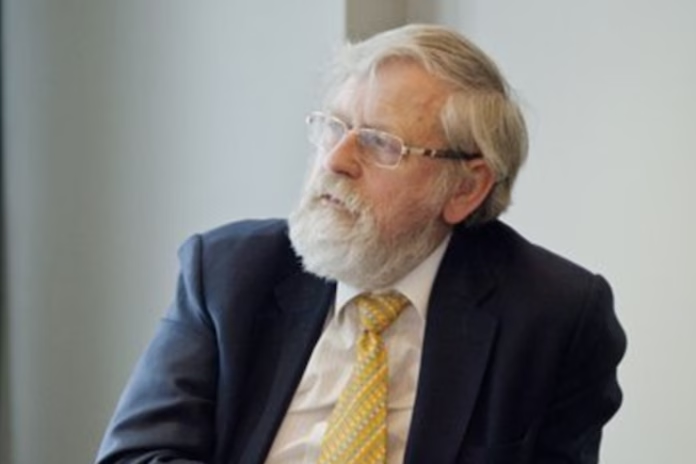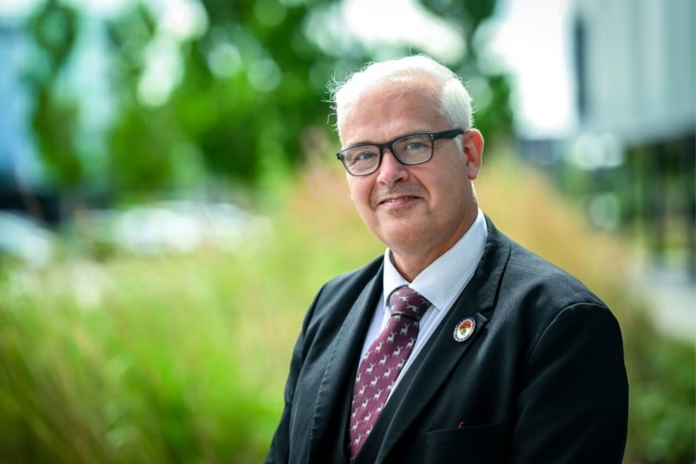Harrow Council has indicated that it will need to turn to more external long-term borrowing from early 2019/20.
At end-December 2018, the council had used £25m of short-term and internal borrowing to help finance capital expenditure.
The council says that this short-term borrowing is unsustainable in the longer term, and will be replaced by external long-term borrowing from early in 2019/20, contributing to its long-term debt targets.
From 2019/20 all of the council’s capital programme will be financed by external borrowing.
The council forecasts that in addition to its already budgeted plans, a further external borrowing of up to £34.9m will be needed by end-March 2019.
It will then need to raise £95.8m in new borrowing in 2019/20 and £50.5m in 2020/21.
Total debt at 31 December 2018 stood at £349.4m, with long-term borrowing making up £324.4m of this.
The council’s Treasury Management Statement also provided detail on its commercial property activity: “The council’s commercial property investments made to 31 March 2019 totals £17m which represents less than 5% of the non-HRA [housing revenue account] CFR [capital financing requirement], and shows that the scale of commercial activity is proportionate to the authority’s remaining activity.”










